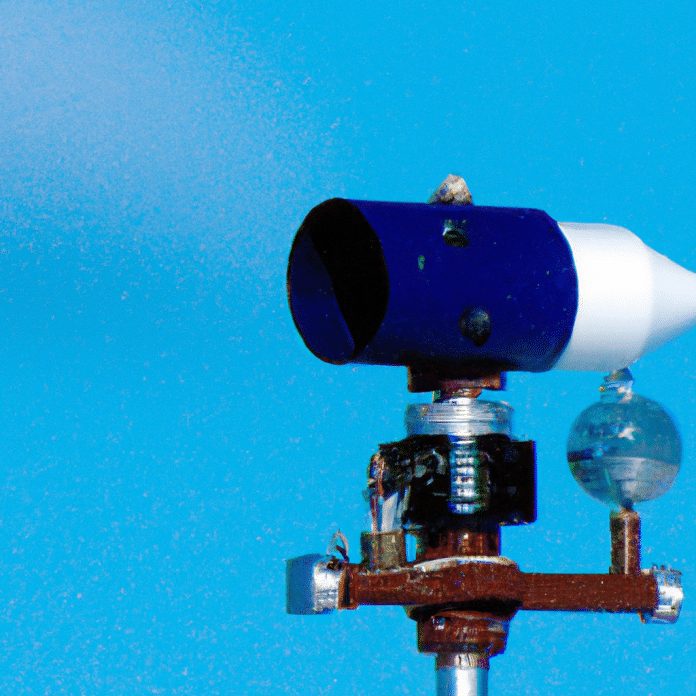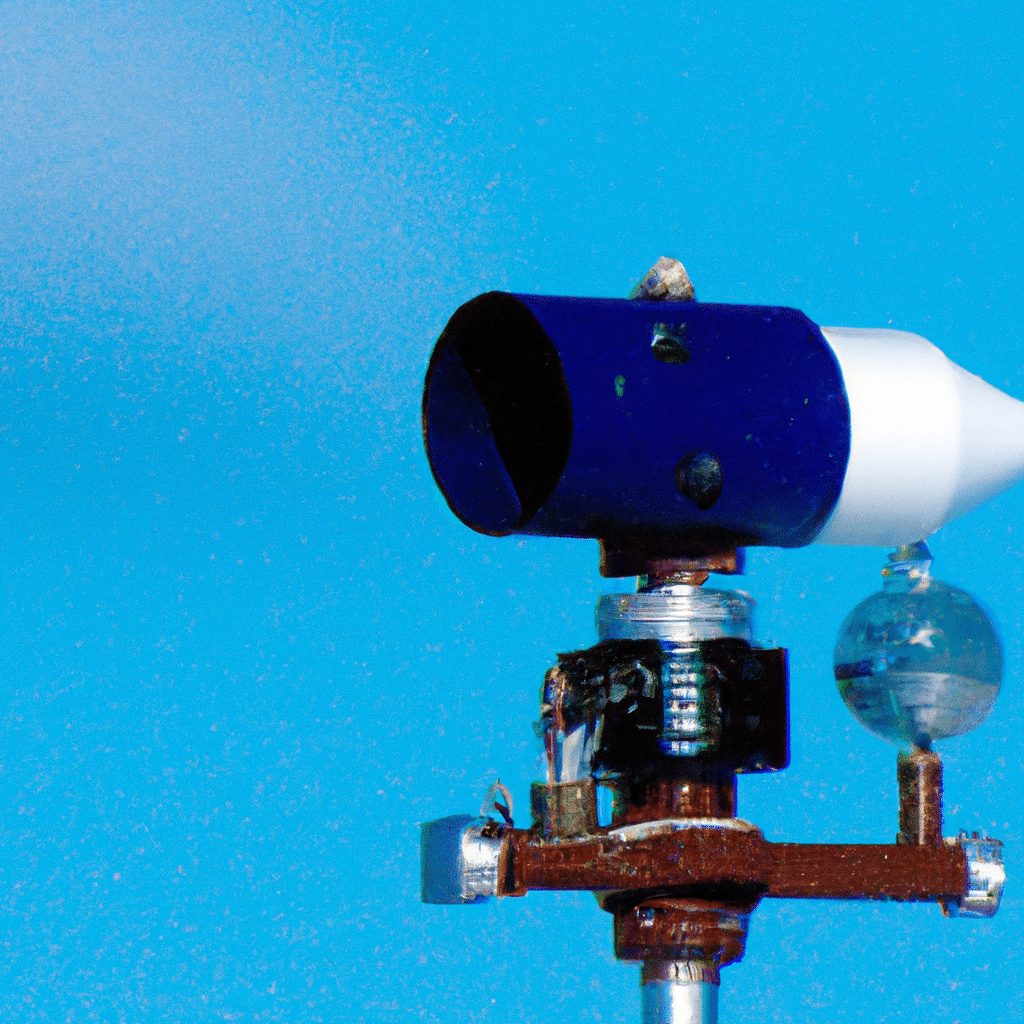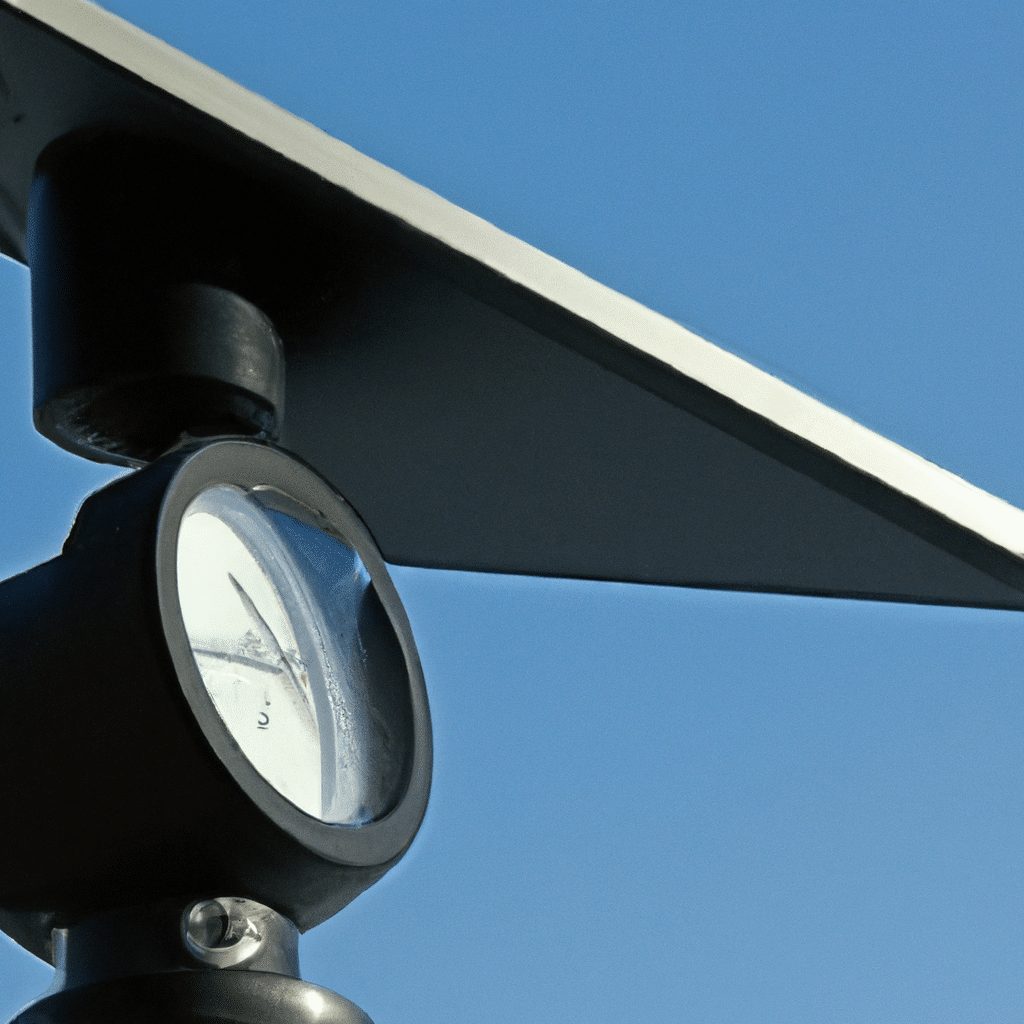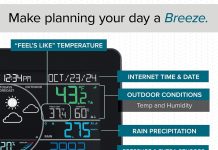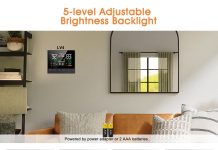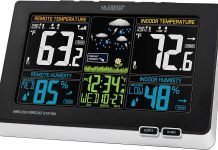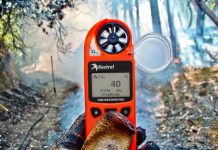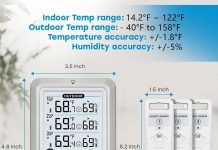When it comes to investing in a home weather station, one important factor that often pops into our minds is the warranty period. After all, we want our weather station to stand the test of time and provide accurate forecasts for years to come. So, how long can we expect the warranty period to be for most home weather stations? In this article, we will explore the typical length of warranties offered by manufacturers, shedding light on what homeowners can anticipate when it comes to protecting their weather-tracking investment.
Review contents
Factors that determine the warranty period
When purchasing a home weather station, it’s important to consider several factors that can influence the length of the warranty period. These factors include the quality of the weather station, the brand reputation, the type of weather station, the components and sensors used, and the price range of the weather station.
Quality of the weather station
The quality of the weather station is a crucial factor in determining the length of the warranty period. Higher-quality weather stations are often built to withstand harsh weather conditions and are less likely to experience malfunctions or defects. As a result, manufacturers of high-quality weather stations tend to offer longer warranty periods to assure customers of the product’s durability and reliability.
Brand reputation
The reputation of the brand also plays a significant role in determining the warranty period. Well-established brands with a long-standing history of producing reliable and durable weather stations are more likely to offer extended warranty periods. This is because these brands have built a reputation for their commitment to customer satisfaction and are confident in the longevity of their products.
Type of weather station
The type of weather station can impact the warranty period as well. Different types of weather stations have varying levels of complexity and usage. For example, basic weather stations that measure temperature and humidity may have shorter warranty periods compared to more advanced models that include additional features like wind speed and direction sensors. The complexity and intricacy of the weather station’s design influence the warranty coverage offered by the manufacturer.
Components and sensors used
The components and sensors used in a weather station can also affect the warranty period. High-quality components and sensors are more likely to have longer warranty coverage as manufacturers have confidence in their durability and functionality. On the other hand, weather stations with lower-quality or less durable components may have shorter warranty periods, as there is a higher risk of malfunctions or defects in these parts.
Price range of the weather station
The price range of the weather station can be an indicator of the warranty period. Generally, more expensive weather stations often come with longer warranty coverage. This is because manufacturers want to provide customers with peace of mind when investing in a higher-priced product. However, it’s important to note that this is not always the case, as factors like brand reputation and quality also play a significant role in determining the warranty period.
Standard warranty periods for home weather stations
When it comes to home weather stations, there are some standard warranty periods that customers can expect. These warranty periods may vary depending on the manufacturer and the specific model of the weather station.
Typical warranty periods
In general, most home weather stations come with a standard warranty period of one to two years. This means that any defects or malfunctions that occur within this time frame will be covered by the manufacturer, and the customer will be eligible for repair or replacement of the product at no additional cost.
Extended warranty options
Some manufacturers offer extended warranty options for customers who wish to further protect their investment. These extended warranty periods can range from an additional one to three years, depending on the manufacturer. By purchasing an extended warranty, customers can prolong the coverage period and have added peace of mind regarding their weather station.
Warranty coverage terms
It’s important to review the warranty coverage terms provided by the manufacturer. The warranty may cover only manufacturing defects and malfunctions, while excluding damages caused by improper use, accidents, or weather-related incidents. Understanding the specific terms of the warranty will help customers determine the extent of coverage and what is required to maintain it.
Factors affecting warranty coverage
While warranty periods offer valuable protection for home weather stations, there are several factors that can affect the coverage provided by the manufacturer.
Misuse or improper installation
Warranty coverage may be voided if the weather station has been misused or improperly installed. It’s essential to carefully read the installation instructions provided by the manufacturer and ensure that the weather station is installed correctly. Inappropriate use or failure to follow the instructions may lead to damages that are not covered by the warranty.
Weather-related damages
Weather stations are designed to withstand various weather conditions to an extent, but they may not be able to withstand extreme or unpredictable weather events. Damages caused by severe storms, lightning strikes, or other weather-related incidents may not be covered by the warranty. It’s important to take appropriate precautions to protect the weather station from such events and consider additional insurance coverage if necessary.
Warranty registration
Many manufacturers require customers to register their warranty within a specific timeframe after purchasing the weather station. Failure to register within this timeframe may result in the warranty coverage being voided. It’s important to carefully review the warranty registration requirements and ensure timely registration to maintain the warranty coverage.
Transferability of warranty
The transferability of the warranty coverage is another factor to consider. Some manufacturers allow the warranty to be transferred to a new owner if the weather station is sold or gifted. This can be beneficial for buyers who purchase a used weather station. However, not all warranties are transferable, so it’s important to check the manufacturer’s policy regarding warranty transferability.
Popular brands and their warranty periods
Several popular brands in the home weather station market offer different warranty periods to ensure customer satisfaction and provide peace of mind. Here are some examples:
Brand A
Brand A is known for its high-quality weather stations designed to withstand diverse weather conditions. They offer a standard warranty period of two years for their basic models, with extended warranty options available for up to three additional years.
Brand B
Brand B has a reputation for producing reliable and accurate weather stations. They provide a standard warranty period of one year for their entry-level models, while their high-end models come with a standard warranty of two years. Extended warranty options can also be purchased for up to two additional years.
Brand C
Brand C is renowned for its advanced weather station technology and user-friendly interfaces. They offer a standard warranty period of two years across all their models, showcasing their confidence in the durability and performance of their products.
Brand D
Brand D focuses on affordability without compromising on quality. They provide a standard warranty period of one year for their weather stations, along with an option to purchase an extended warranty for up to two additional years.
Tips for maximizing the lifespan of a home weather station
To maximize the lifespan of a home weather station and ensure its reliable performance, it’s important to follow proper installation and maintenance practices, protect the station from extreme weather conditions, perform regular calibration, and avoid power surges or electrical issues.
Proper installation and maintenance
Proper installation is essential to ensure the weather station functions accurately and withstands external factors. Follow the manufacturer’s installation instructions carefully, ensuring the station is placed in an appropriate location with minimal obstructions. Regular maintenance, such as cleaning dust or debris off the sensors and checking for loose connections, will also help prolong the lifespan of the weather station.
Protecting the station from extreme weather
Although weather stations are designed to withstand different weather conditions, extreme weather events can still pose a risk to their longevity. Protect the weather station from direct exposure to harsh elements such as heavy rain, strong winds, or excessive sunlight. Consider installing a protective housing or shelter for added protection.
Regular calibration and software updates
Regular calibration is important to maintain the accuracy of the weather station’s measurements. Follow the manufacturer’s instructions on how to calibrate the sensors and perform this task at least once a year. Additionally, keep the weather station’s software up to date by downloading and installing any available updates from the manufacturer. This ensures optimal performance and can help address any software-related issues.
Avoiding power surges and electrical issues
Power surges or electrical issues can damage the weather station and potentially void its warranty coverage. Protect the station from power surges by using surge protectors or uninterruptible power supply (UPS) systems. Ensure that the weather station’s power source is stable and free from any electrical issues that could harm the unit.
By following these tips and considering the factors that influence warranty periods, homeowners can make informed decisions when purchasing a home weather station and maximize its lifespan for reliable weather monitoring. Remember to carefully review the warranty coverage provided by the manufacturer and take appropriate precautions to protect and maintain the weather station for long-term use. Happy weather tracking!

